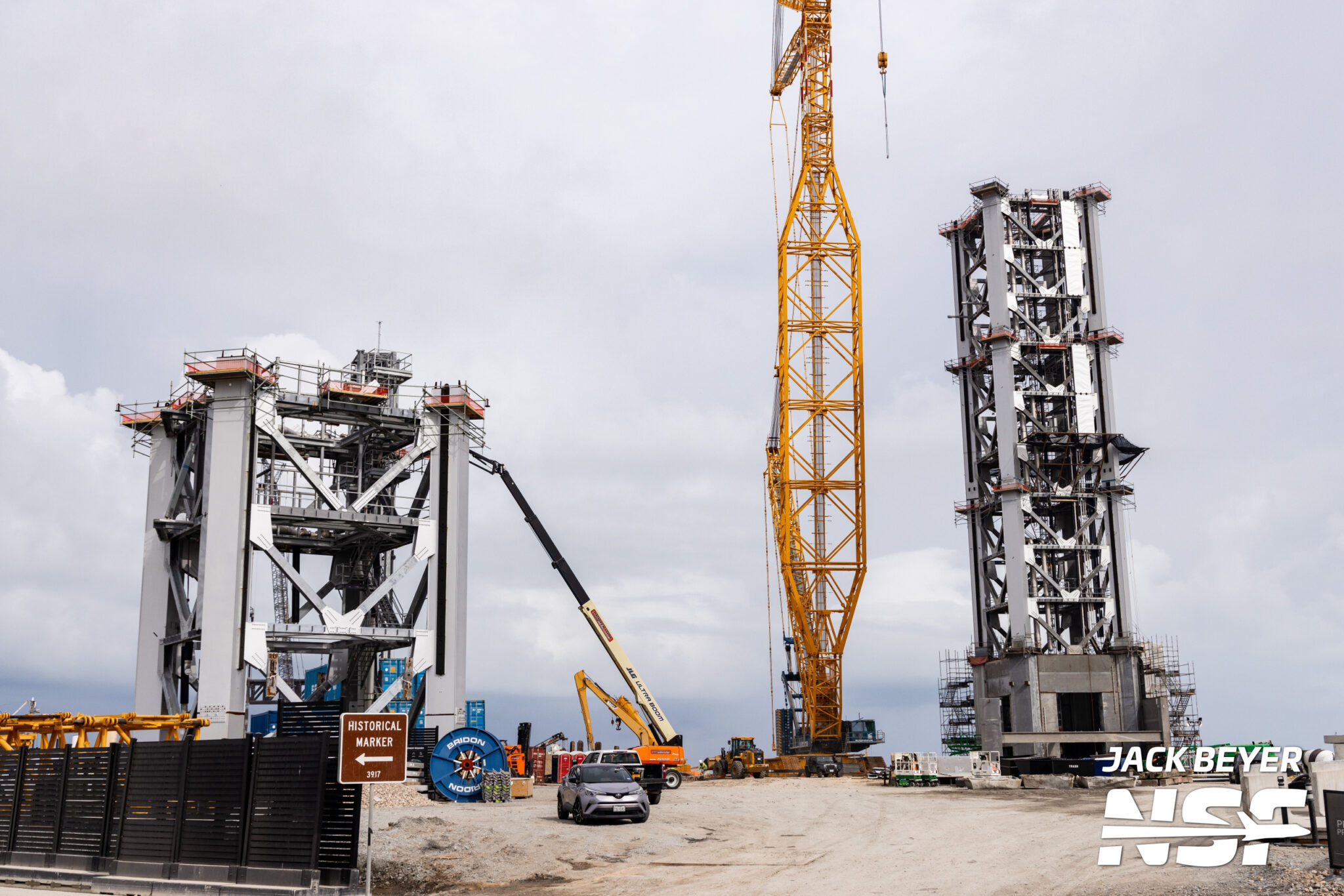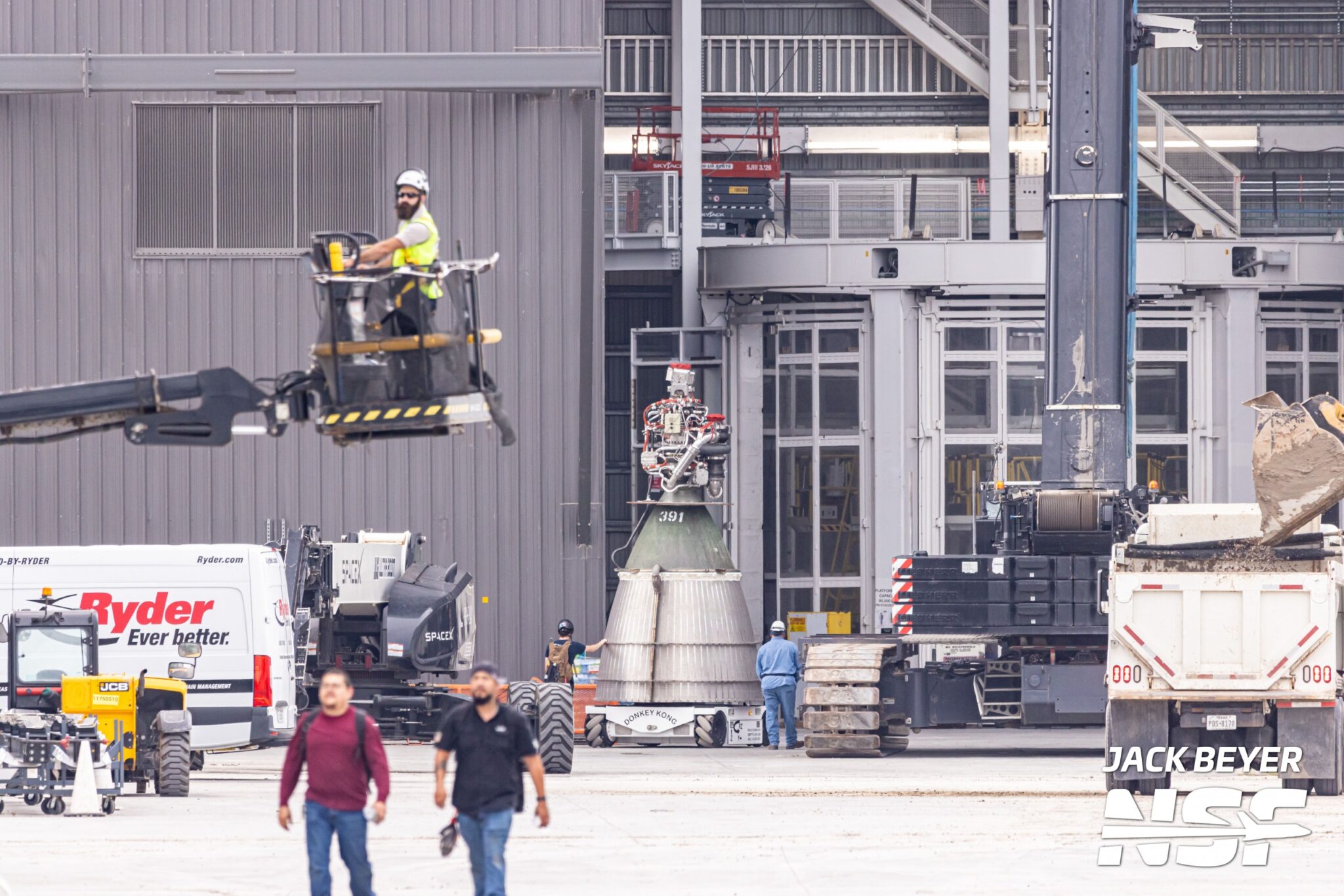Preparations at SpaceX Starbase are well underway ahead of the Starship’s fifth flight, with the date getting closer and closer. The main work has been completed at Launch Pad B and before the assembly of the Starship (Ship 30) spacecraft and Super Heavy launch vehicle, static ignition of the engines was successfully conducted to check their operation. With 33 Raptor engines producing a whopping 7,700 tons of thrust at launch, the Super Heavy is the most powerful launch vehicle ever to take to the skies.
Slow motion view of Flight 5 Starship’s six Raptor engines during static fire pic.twitter.com/5395Vmq2j4
— SpaceX (@SpaceX) July 27, 2024
At the same time, Launch Pad A, from which the launch will take place, is preparing for the expected return of Super Heavy (Booster 12) to the launch pad (RTLS) on its fifth flight. Huge arms on a special tower will catch the huge carrier rocket as it lands. This tower is now in the process of completing its modernization: over the past two weeks, the second, third and fourth modules of the tower have been assembled, and actuators have been added to the arms to protect the launch vehicle from damage during capture. Modules five and six have rolled out to the launch pad and are now awaiting integration with the tower. Concrete is also poured into the base of the tower, which strengthens the tower structure and lowers the center of mass. According to a recent FAA document, the tower could be completed as early as August 15.
— Elon Musk (@elonmusk) July 30, 2024
Starship’s fifth flight
A date for the fifth test flight has not yet been set, although recent reports indicate that it could take place as early as August. Starship’s first test flight took place last year from SpaceX’s Starbase facility in Boca Chica, Texas, but ended just minutes after the mission began when the first stage and upper stage failed to separate.

In the second test, stage separation occurred before both parts of the rocket exploded in mid-air, and the third and fourth tests marked a significant improvement in the rocket’s performance, with both flights lasting much longer and achieving most of the mission objectives.

The upcoming fifth flight is of particular interest because SpaceX plans to try to “catch” the Super Heavy’s first stage booster when it comes in for a landing after putting the Starship spacecraft into orbit. This maneuver will use giant mechanical arms attached to the launch tower that will clamp and secure the launch vehicle as it comes home. Capturing the launch vehicle in this way would allow SpaceX to use it for multiple missions, similar to the way it reuses the Falcon 9.
If all tests are completed, SpaceX plans to use Starship for manned and cargo missions to the Moon, Mars and even beyond. But first it must be fully developed and properly tested.
Earlier we told you about the five highest rockets in history.
According to nasaspaceflight.com


